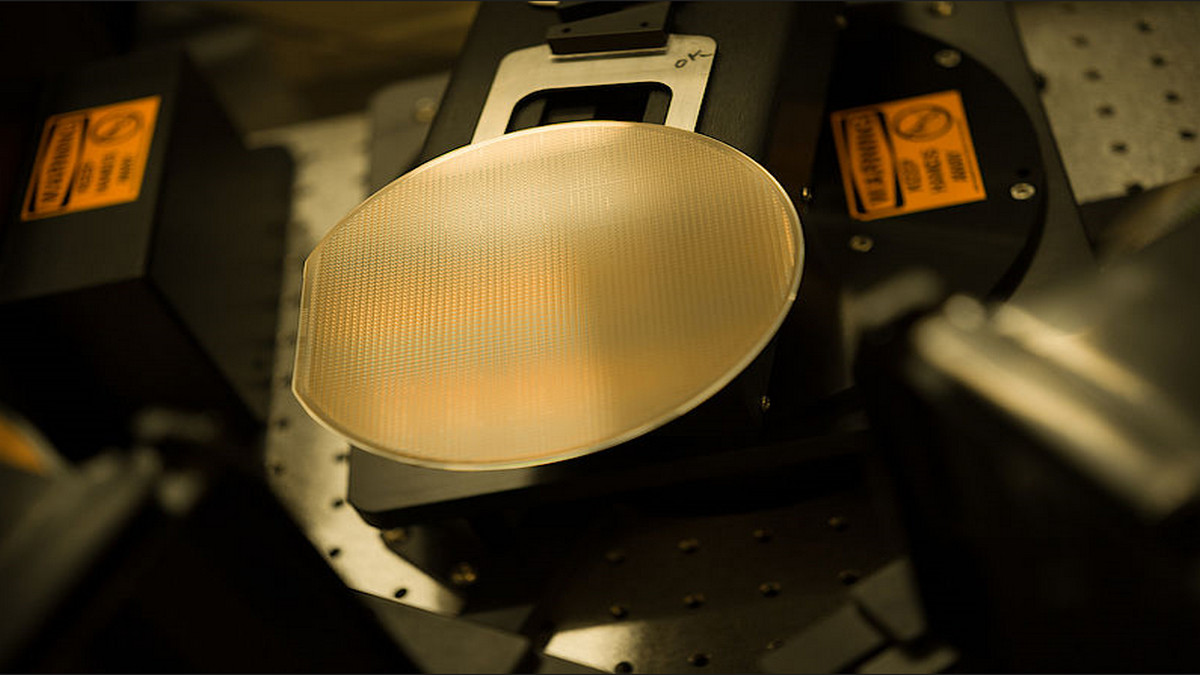In the semiconductor news, wafers are always mentioned in terms of dimensions, such as 8-inch or 12-inch wafers, but what exactly is a so-called wafer? What does the 8 inches refer to? How difficult is it to produce large-sized wafers? The following is a step-by-step introduction to the most important foundation of semiconductors - what is a "wafer".
What is A Wafer?
Wafers are the basis for the manufacture of various computer chips. We can compare chip manufacturing to building a house with Lego blocks, and by stacking layer by layer, we can complete our desired shape (that is, all kinds of chips). However, if there is no good foundation, the built house will be crooked and unsatisfactory. In order to make a perfect house, a stable base plate is required. For wafer fabrication, this substrate is the wafer described next.
First of all, recall that when I was a child with Lego blocks, there would be a small round protrusion on the surface of the blocks. With this structure, we can stably stack the two blocks together without using glue. Wafer fabrication, in a similar way, holds the subsequently added atoms together with the substrate. Therefore, we need to find substrates with neat surfaces to meet the conditions required for subsequent fabrication.
In solid materials, there is a special crystal structure - Monocrystalline. It has the property of atoms closely arranged one after the other, which can form a flat atomic surface. Therefore, using a single crystal to make a wafer can meet the above requirements. However, how to produce such a material, there are mainly two steps, namely purification and crystal pulling, after which such a material can be completed.
How To Make a Single Crystal Wafer
The purification is divided into two stages. The first step is metallurgical purification. This process is mainly to add carbon to convert silicon oxide into silicon with a purity of more than 98% by means of redox. Most of the refining of metals, such as iron or copper, is done in this way to obtain metals of sufficient purity. However, 98% is still not enough for wafer manufacturing and still needs to be improved further. Therefore, the Siemens process will be used for further purification, so that the high-purity polysilicon required for the semiconductor process will be obtained.
Next, is the step of pulling crystals. First, the previously obtained high-purity polysilicon is melted to form liquid silicon. After that, the single-crystal silicon seed contacts the liquid surface, and slowly pulls up while rotating. As for why single-crystal silicon seeds are needed, it is because silicon atoms are arranged in the same way as people line up, and they will need to be in the front line to let later people how to arrange them correctly. Finally, after the silicon atoms leaving the liquid surface solidify, the neatly arranged monocrystalline silicon pillars are completed.
However, what do 8 inches and 12 inches stand for? In fact, it refers to the crystal column. How difficult is it to make large wafers? As mentioned earlier, the production process of the crystal column is like making marshmallows, and it is formed while rotating. Anyone who has made marshmallows should know that it is quite difficult to make large and solid marshmallows, and the process of pulling crystals is the same. The speed of rotation and temperature control will affect the quality of the crystal column. Therefore, the larger the size, the higher the speed and temperature requirements for crystal pulling, so it is more difficult to make high-quality 12-inch wafers than 8-inch wafers.
However, an entire silicon pillar cannot be used as a substrate for wafer fabrication. In order to generate silicon wafers one by one, a diamond knife is used to cut the silicon pillars laterally into wafers, and the wafers can be polished to form wafers. Fabricate the required silicon wafers. After so many steps, the fabrication of the wafer substrate is complete, and the next step is the step of stacking the house, which is wafer fabrication.







.png)






